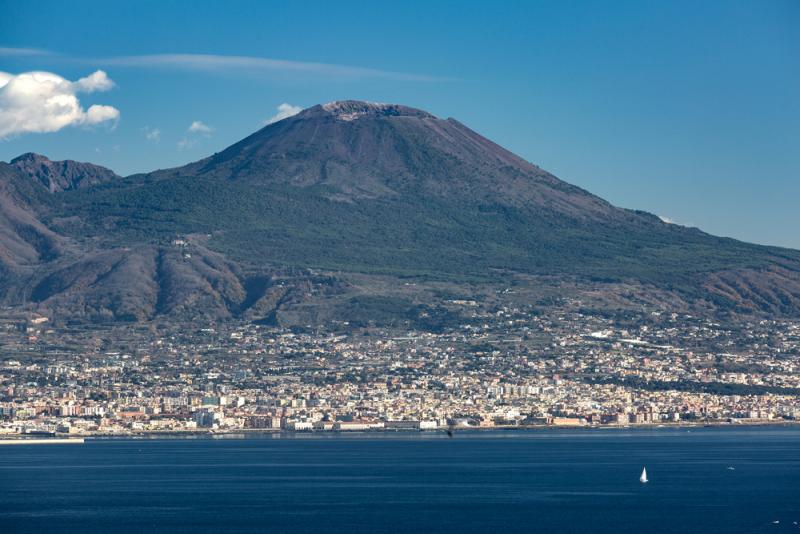I have visited an area between Mammoth Lakes and Long Valley near the eastern edge of California. Upon browsing the California Department of Conservation website, I found a fault activity map of California. After looking at the map, it made me realize that there are numerous faults on the earth's surface. I don't think much about faults but there are a lot more than what I have imagined.
 |
| My screenshot of the current faults that exist between the Mammoth Lakes (left side) and Long Valley (right side). "Fault Activity Map of California," CA.org, State of California, 2020, Fault Activity Map of California. |
What really stuck out to me was that there was a round fault in this area. Nearly all of the other faults were parallel to each other which may have been caused by the pacific oceanic plate pushing eastward into the U.S continental plate. That is why a lot of plates are similarly parallel to one another. But I am really curious as to why and how this circular fault occurred.




































